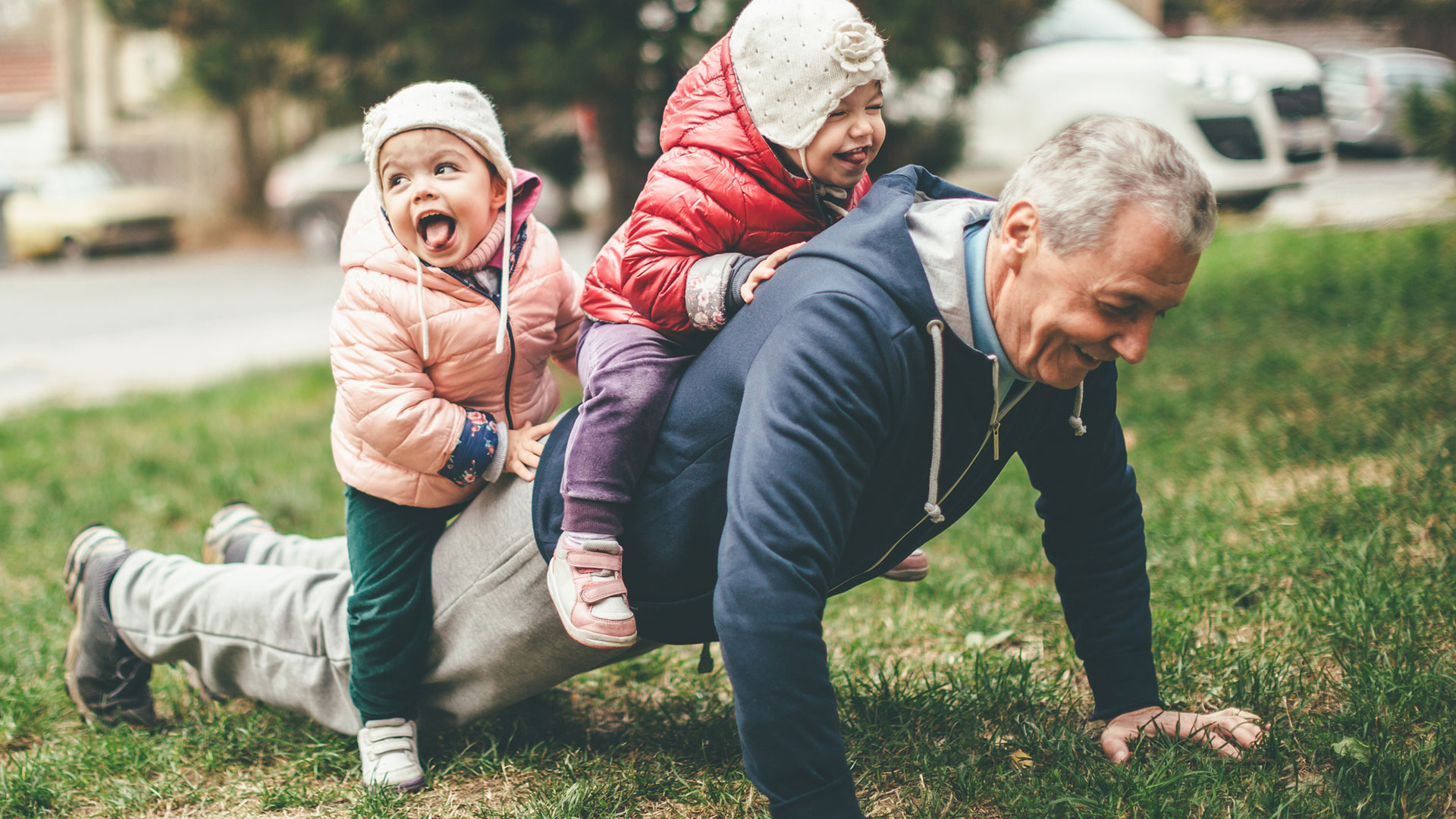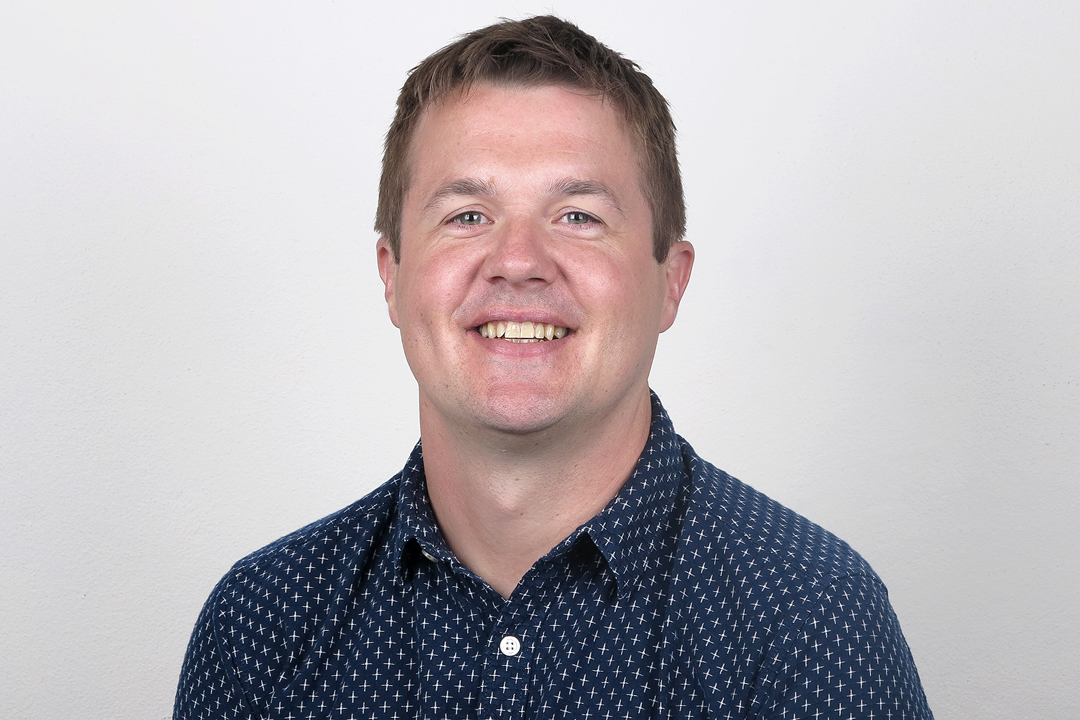-
It’s an unfortunate reality: as we get older, our muscles get weaker. In fact, from the age of around 40 or 50 we naturally start to lose muscle mass at a rate of about 1% every year.
But old age is certainly no time to trade in your pair of sneakers. In fact, some of the incredible benefits of exercise continue right through to old age.
My team at the Garvan Institute of Medical Research is working on developing ways to promote muscle function and improve health right into old age. By investigating the beneficial processes that happen inside muscle cells when we exercise, we hope to uncover how we can stimulate those processes even more with specific diet, exercise or pharmaceutical therapies.
What are mitochondria?
When we investigate how exercise affects muscle, it’s hard to look past the muscle’s mitochondria – the ‘powerhouses’ inside your cells that produce energy. The food that we ingest in our diets will eventually get to the mitochondria, where it is converted to fuel for every process in your body. The more ‘switched on’ the mitochondria in our cells are, the more efficiently your cells run. For instance, they become better at converting the fat in food to energy – a hallmark of an endurance athlete.
The great news is that you can give your mitochondria a boost – and exercise is the key. Scientists first discovered in the 1960s that in laboratory rats, just 12 weeks of exercise can double the total activity of mitochondria in muscle cells. Since then, studies in humans have shown that mitochondria become significantly more active in response to exercise in approximately 14 days.
Staying powered up
But as muscle mass can decline so drastically with age, does age also impact how ‘switched on’ your mitochondria are?
In a recent study, my team collaborated with researchers from the UK and Canada to compare samples of muscle cells of younger and older men who hadn’t undergone any formal training, with ‘master’ cyclists over 60 who had exercised actively for over 25 years. We compared how active the mitochondria were by measuring the amount of molecules in the cells thought to be actively involved in energy generation.
What we discovered was fascinating. The mitochondria of the master cyclists were significantly more ‘switched on’ – they contained on average two to three times as many energy-generating molecules than both the young and old men who had not undertaken rigorous training.
This finding indicates that age is not the only determinant of muscle health, but that physical activity is a key factor. Importantly, we do not lose our ability to reap the benefits of physical exercise as we age. Studies have shown that just eight weeks of endurance training can improve the activity of mitochondria for previously untrained individuals in their 60s. These improvements are even greater when combined with resistance training.
‘Prehabilitation’ and preparing for aging
For a long time, exercise has been seen as a one-size-fits-all approach. But not everybody needs to spend hours in the gym each day. Some people respond better to ‘exercise snacking’ – integrating exercise into your average day, for instance walking your dog or taking the stairs rather than the lift.
And exercise is not the whole story when it comes to staying fit and healthy – diet also has a part to play. For instance, it’s no secret that eating protein helps you build muscle. In fact, we know that the benefits go both ways. When you use your muscles and exercise, you boost your ‘anabolic sensitivity’ – your body’s ability to turn the protein from your food into more muscle.
My team is now turning to the mitochondria to investigate what food and specific exercises might give your muscles a cellular boost. With colleagues in the UK we are working out the recipe of ‘prehabilitation’ – how we can better prepare the body for the changes in muscles that naturally come with age.
The bottom line is that while we can’t do anything about ageing, we can do something about activity and diet. We know that muscle doesn’t lose its ability to adapt to exercise, so it’s never too late to start.
Learn more about the Garvan Institute of Medical Research’s fascinating work at garvan.org.au
A new reason to keep exercising as you age

-
How is ‘phubbing’ hurting your relationships?
Here’s how to stop phubbing and be more mindful of your phone habits, to help improve face to face interactions with your family and friends.
-
Are the winter blues real?
Simple ways to boost your mood in winter.
-
Mental fitness explained
Just as you work to strengthen your body, your mental health deserves attention and exercise too.
-
Signs it's time to visit the dentist
Nobody wants to go. But there are good reasons to – promise.
-
The link between stress, anxiety and jaw pain
Physiotherapist Michael Chan explains how stress and anxiety can cause jaw pain, and how to help get some relief.
-
When you can't sleep next to your partner
You love everything about them – except their sleep habits.
Subscribe to receive the best from Live Better every week. Healthy recipes, exercise tips and activities, offers and promotions – everything to help you eat, move and feel better.
By clicking sign up I understand and agree to Medibank's privacy policy





.jpg)
